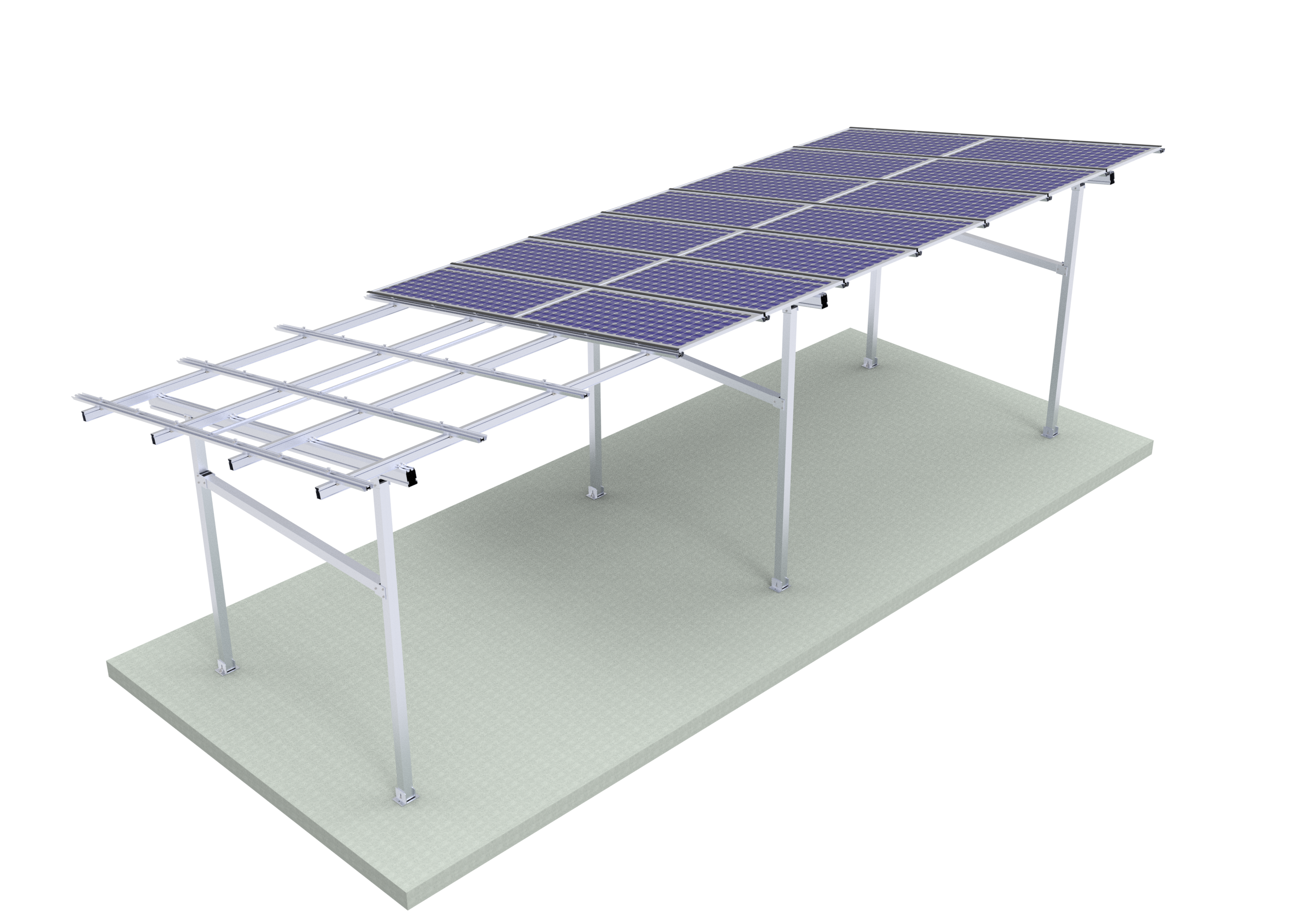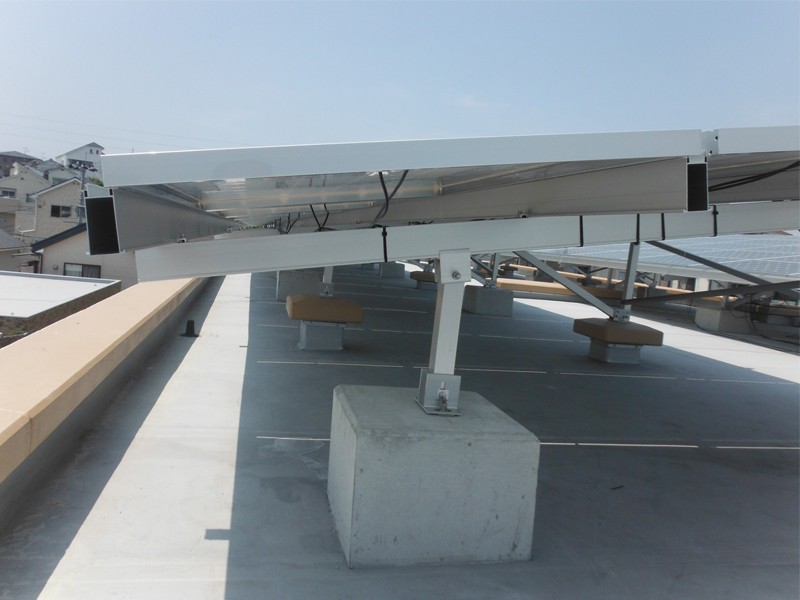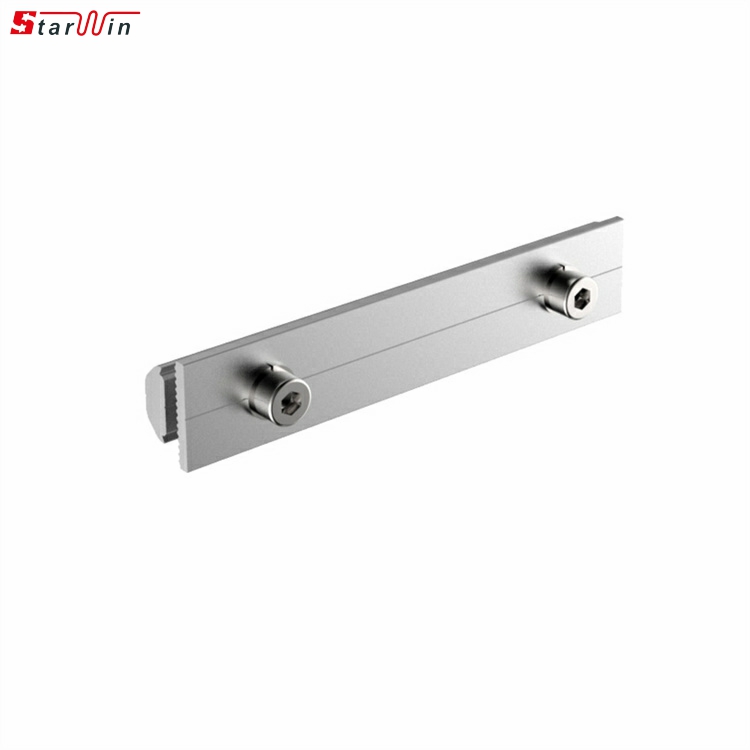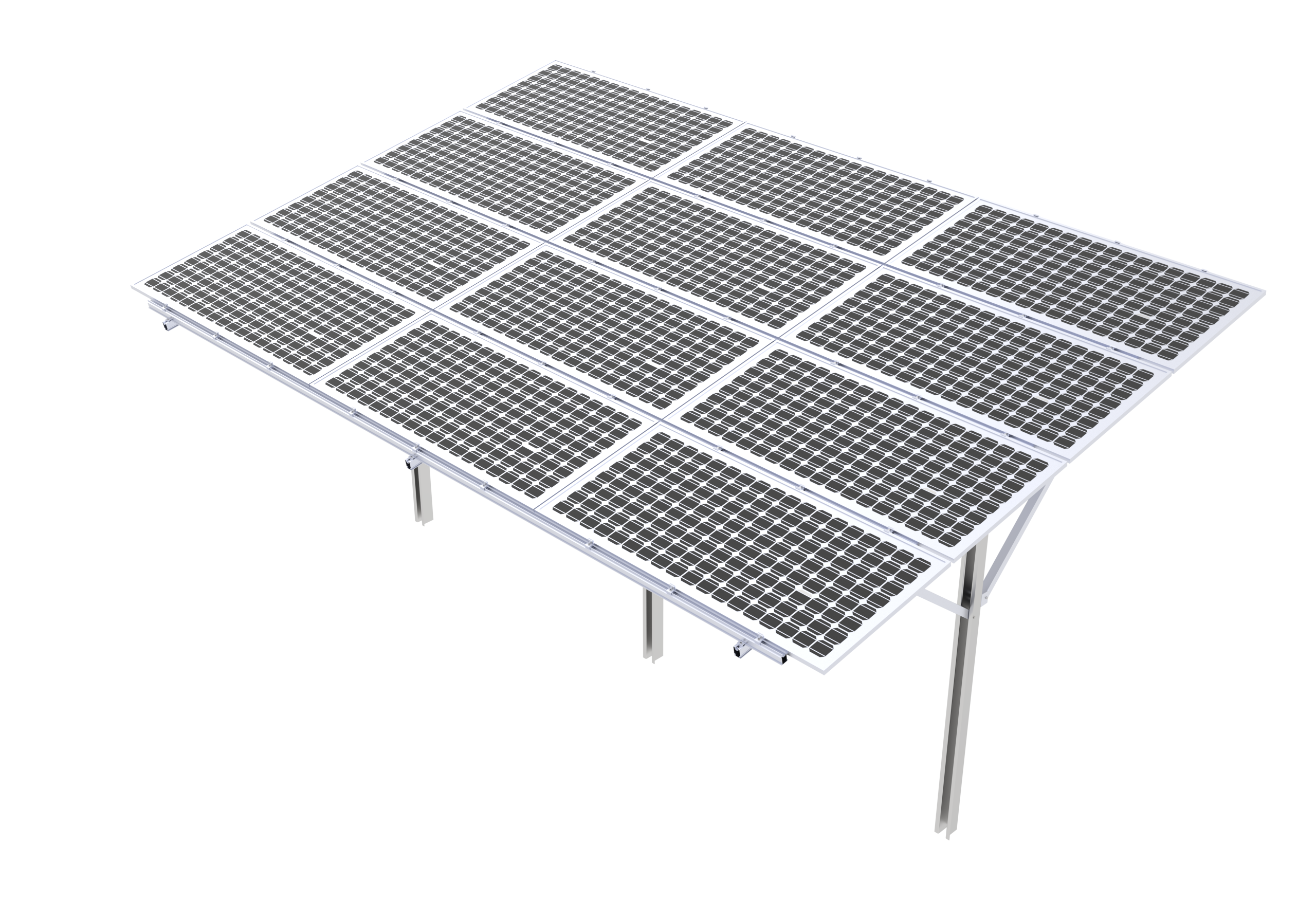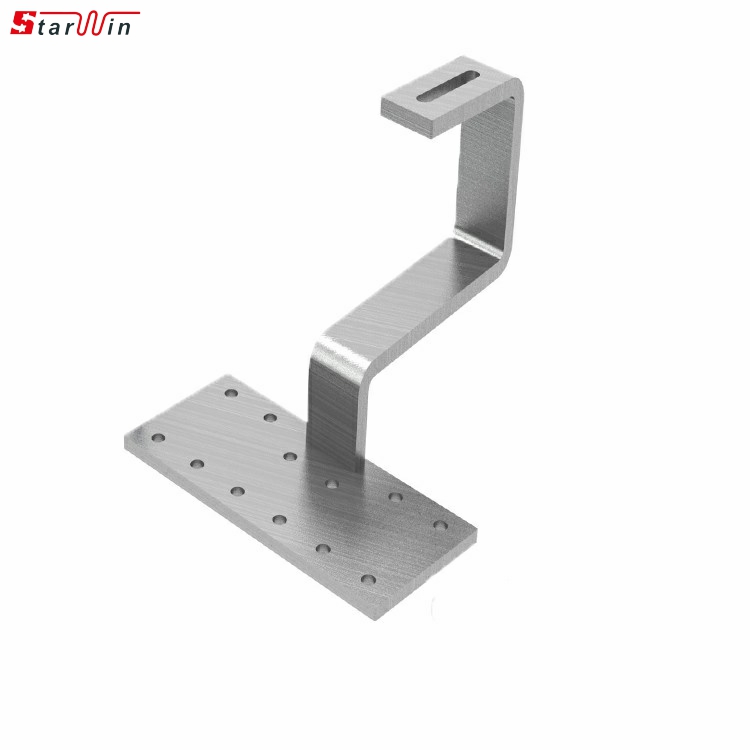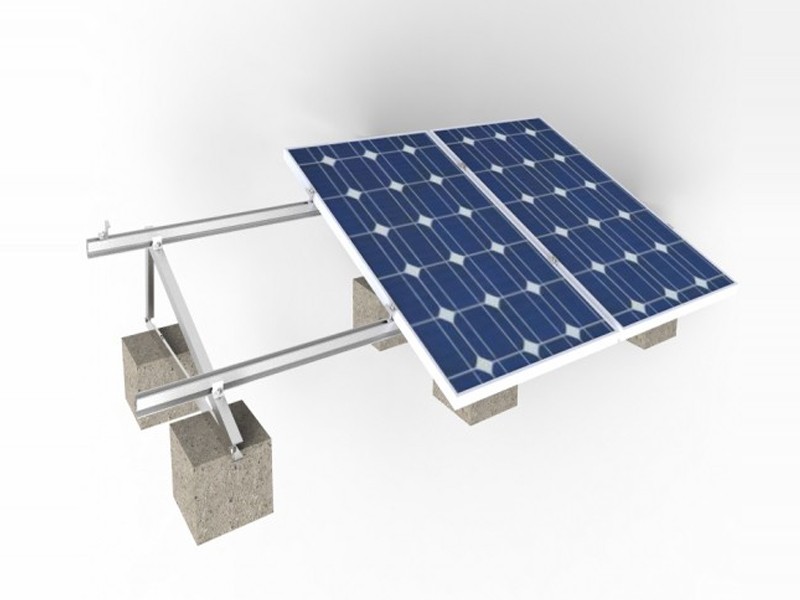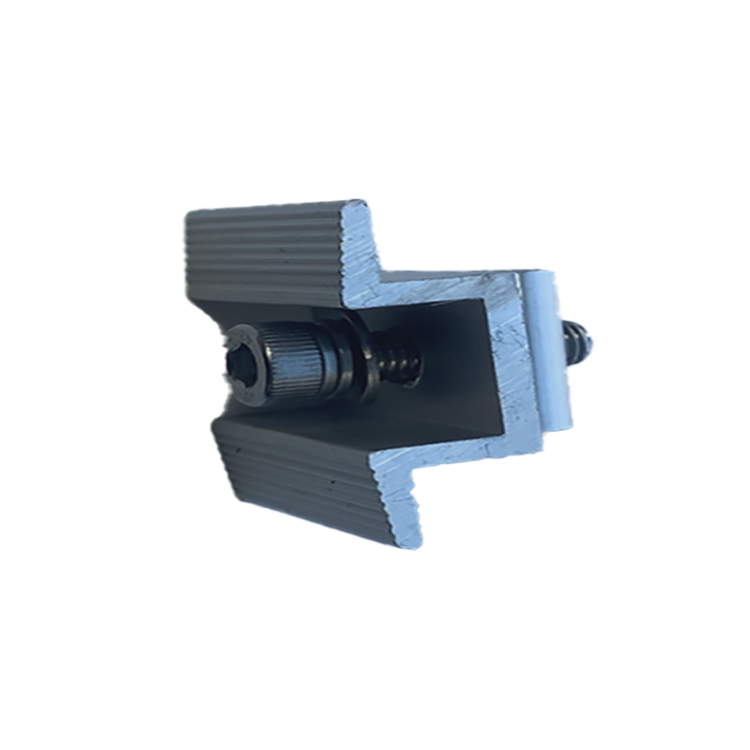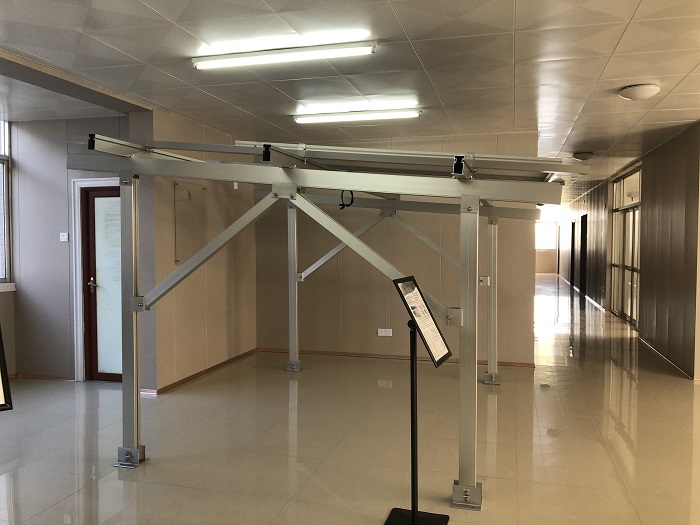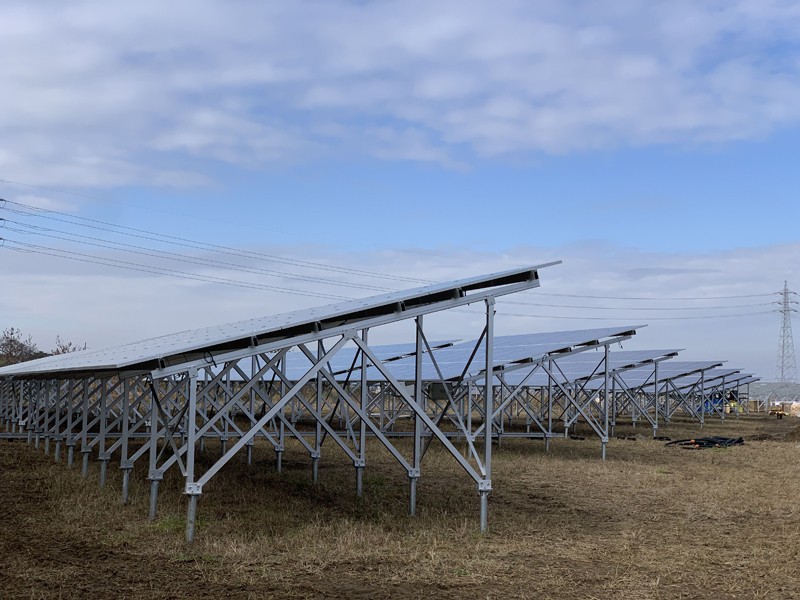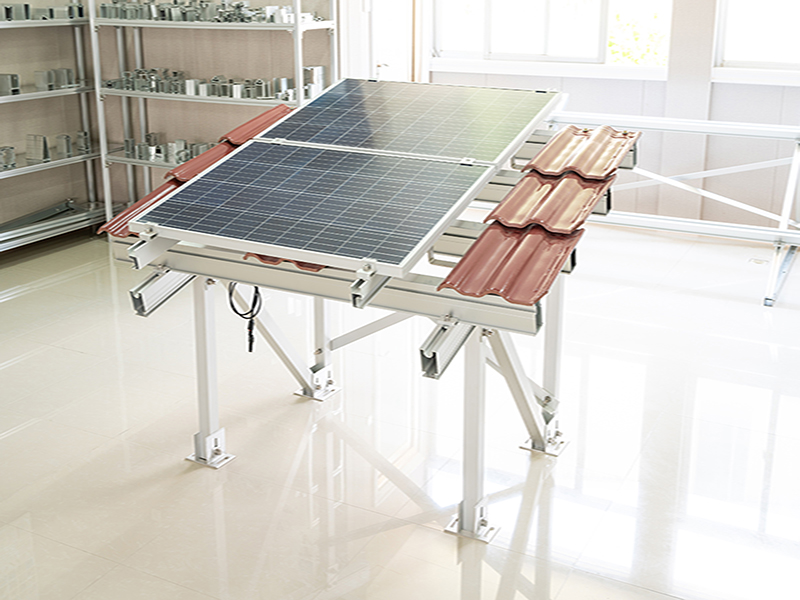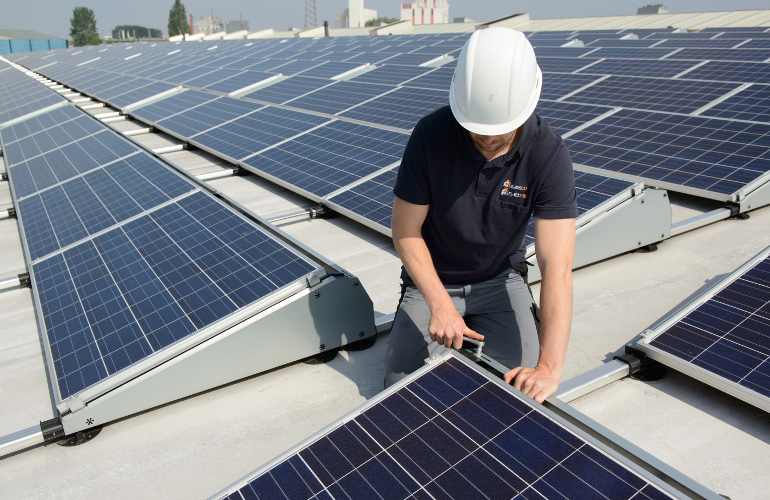
As a solar energy installer, you may find that customers are concerned with the way their panels will look on their roof. And while we know appearance is important, it’s also crucial to choose the best panel racking system for their home. Did you know that the lion’s share of your time installing a solar system is dedicated to assembling, aligning and attaching the racking system? Therefore, picking the best solar racking system is critical.
Choosing the solar panel racking system wisely will help keep your projects on schedule and on budget. This can help reduce your installation costs while ensuring happy customers.
You don’t want to have your solar installation crew fumbling with cumbersome parts while on the roof. This can lead to accidents and even injuries. In addition, if you are installing solar PV systems in areas with severe weather, it is also essential to make sure the solar panel racking system can handle these extreme conditions. Let’s explore all you need to know to select the best solar panel racking system for your next solar energy installation.
What Is Solar Panel Racking And Why Is It Important?
A racking system safely affixes solar modules to different surfaces, including roofs, carports, awnings or the ground. These systems are typically made of metal and set the orientation and tilt angle of a solar array. In areas with a lot of snow, installers often pitch solar power systems at a steeper angle to allow snow to slide off the panels easily. Racking systems help ensure panels are pitched at the optimal angle to capture maximum solar energy.
Solar Panel Racking Systems for Pitched Roofs
Pitched roofs are the most common roof type for residential installations. Solar systems are commonly installed parallel to the roof on angled roofs, with a couple of inches gap between the mounting hardware and the solar PV panels. If the gap is too small, there won’t be proper airflow, and the solar panels can overheat, reducing electricity production.
Solar Panel Racking Systems for Flat Roofs
When installing PV panels on flat roofs, they are often pitched at a steeper angle than the roof itself, compliments of the racking system. Some customers might want to avoid roof penetrations. In such cases, a ballasted system might be a good option. These systems use concrete blocks to weigh the system down instead of anchoring the system to prevent wind lift.
Ground Mounted Solar Panel Racking Systems
It isn’t always possible to install the solar system on the roof. Although it is almost always the lowest cost option, it often isn’t possible or advisable. For example, if the roof is heavily shaded or in a state of disrepair, aground mount might be better suited.
These racking systems typically angle the panel up to lift off the ground and at an ideal angle to avoid shading and optimize solar electricity production. In addition, pole mounts enable the system to have a tracker to follow the sun.
Roof Material
The age and material of the roof also matters. If a client’s roof is in need of replacement, installers can recommend that the homeowner take care of this before any solar panels are installed. Panels can last 20-25 years or more, so it’s important to ensure the viability of the roof’s structure before boots hit the roof. Check out some of the recommended roofing materials that are particularly well suited for solar panel roof mounting systems.
Components Of Solar Panel Racking
These systems are composed of several parts, all critical for securing solar panels to the roof.
Roof Flashing for Solar Systems
Roof penetrations will lead to roof leaks if they are not properly sealed. Therefore, flashing is used to stop water from penetrating into the home or business, and it’s often comprised of an aluminum rectangle.
Keep in mind that flashing varies depending on the type of roof. For example, for asphalt shingle roofing, it is often slid under the shingles. By contrast, standing seam metal roofs don’t require flashing if no roof penetrations are made and the racking system is attached to the roof’s seams.
Solar Panel Roof Mounts
This is the part of the solar racking system that comes in direct contact with the roof. Often, these attach to the roof through flashing, and a bolt attaches to the rafters in the roof. Before installing a solar energy system, ensure the rafters are intact and properly spaced to secure the project properly.
Rails on Solar Racking Systems
These are long vertical or horizontal tracks that run along the roof and are composed of aluminum. The solar panels attach directly to rails, and wiring usually runs along the rails, keeping the installation tidy.
Solar Panel Racking System Materials
Solar racking systems are typically constructed using durable materials designed to withstand various environmental conditions over an extended period. Some of the best materials commonly used in high-quality solar panel racking systems include:
Aluminum: Aluminum is a popular choice for solar panel racking due to its lightweight nature, corrosion resistance, and strength-to-weight ratio. It is well-suited for outdoor applications and can endure exposure to harsh weather conditions without rusting or corroding.
Stainless Steel: Stainless steel is valued for its excellent corrosion resistance, making it ideal for solar racking in coastal or corrosive environments. It offers durability and strength, ensuring long-term stability and reliability for solar installations.
Galvanized Steel: Galvanized steel is often used for ground-mount solar panel racking. It undergoes a galvanization process that adds a protective zinc coating, enhancing its resistance to corrosion and extending its lifespan, particularly in areas with high humidity or salt exposure.
UV-Resistant Plastics: Some solar racking components, such as end caps and cable management clips, may be made from UV-resistant plastics. These materials help protect against degradation caused by prolonged exposure to sunlight, ensuring the longevity of the racking system.
Anodized Coatings: Many aluminum components of solar racking systems are treated with anodized coatings to enhance their durability and resistance to corrosion. Anodizing creates a protective layer on the surface of the aluminum solar panel racking system, improving its lifespan and maintaining its appearance over time.
Solar Panel Racking FAQs
Read on to get answers to common questions about solar panel racking systems.
How do I choose the right solar racking system?
Consider factors such as roof type, local weather conditions, load-bearing capacity, and solar panel specifications. Choosing a solar racking system that complements your installation needs is helpful because it can reduce your labor expenses and save time.
Do solar panel racking systems impact PV module efficiency?
Solar panel racking systems can impact the efficiency of a solar installation by optimizing panel orientation and tilt for maximum sunlight exposure. Well-designed systems also provide proper ventilation, preventing overheating and ensuring panels operate at peak performance. The correct spacing and mounting angle contribute to overall efficiency, making racking systems an integral part of a solar energy system's effectiveness and longevity.
What maintenance is required for solar panel racking systems?
Solar racking is generally low-maintenance, but periodic inspections for debris, vegetation, or damage are recommended. Tightening bolts and ensuring the structural integrity of the solar racking system can contribute to its long-term performance.
Solar Panel Racking System Materials
Solar racking systems are typically constructed using durable materials designed to withstand various environmental conditions over an extended period. Some of the best materials commonly used in high-quality solar panel racking systems include:
Aluminum: Aluminum is a popular choice for solar panel racking due to its lightweight nature, corrosion resistance, and strength-to-weight ratio. It is well-suited for outdoor applications and can endure exposure to harsh weather conditions without rusting or corroding.
Stainless Steel: Stainless steel is valued for its excellent corrosion resistance, making it ideal for solar racking in coastal or corrosive environments. It offers durability and strength, ensuring long-term stability and reliability for solar installations.
Galvanized Steel: Galvanized steel is often used for ground-mount solar panel racking. It undergoes a galvanization process that adds a protective zinc coating, enhancing its resistance to corrosion and extending its lifespan, particularly in areas with high humidity or salt exposure.
UV-Resistant Plastics: Some solar racking components, such as end caps and cable management clips, may be made from UV-resistant plastics. These materials help protect against degradation caused by prolonged exposure to sunlight, ensuring the longevity of the racking system.
Anodized Coatings: Many aluminum components of solar racking systems are treated with anodized coatings to enhance their durability and resistance to corrosion. Anodizing creates a protective layer on the surface of the aluminum solar panel racking system, improving its lifespan and maintaining its appearance over time.
Solar Panel Racking FAQs
Read on to get answers to common questions about solar panel racking systems.
How do I choose the right solar racking system?
Consider factors such as roof type, local weather conditions, load-bearing capacity, and solar panel specifications. Choosing a solar racking system that complements your installation needs is helpful because it can reduce your labor expenses and save time.
Do solar panel racking systems impact PV module efficiency?
Solar panel racking systems can impact the efficiency of a solar installation by optimizing panel orientation and tilt for maximum sunlight exposure. Well-designed systems also provide proper ventilation, preventing overheating and ensuring panels operate at peak performance. The correct spacing and mounting angle contribute to overall efficiency, making racking systems an integral part of a solar energy system's effectiveness and longevity.
What maintenance is required for solar panel racking systems?
Solar racking is generally low-maintenance, but periodic inspections for debris, vegetation, or damage are recommended. Tightening bolts and ensuring the structural integrity of the solar racking system can contribute to its long-term performance.

